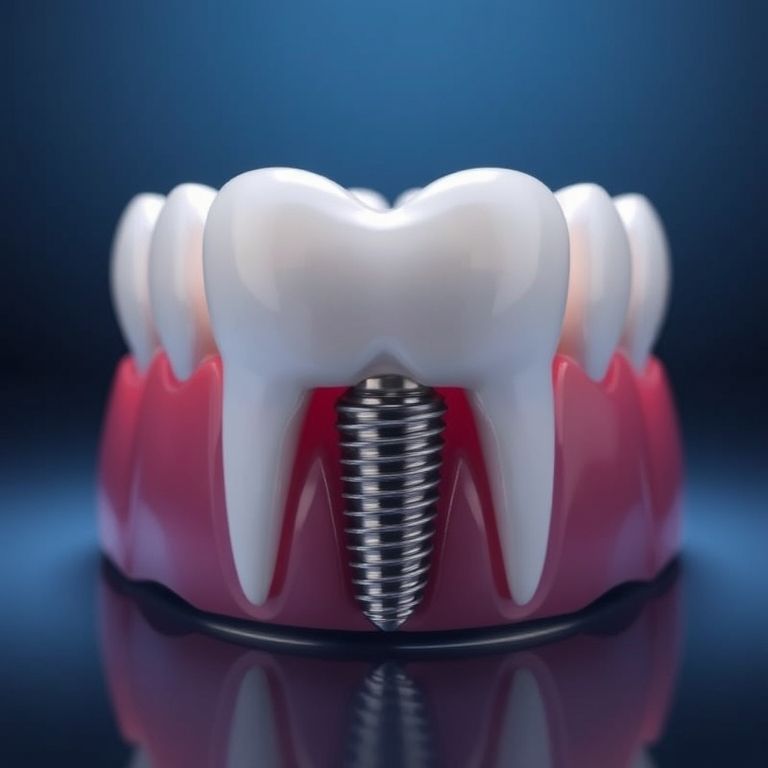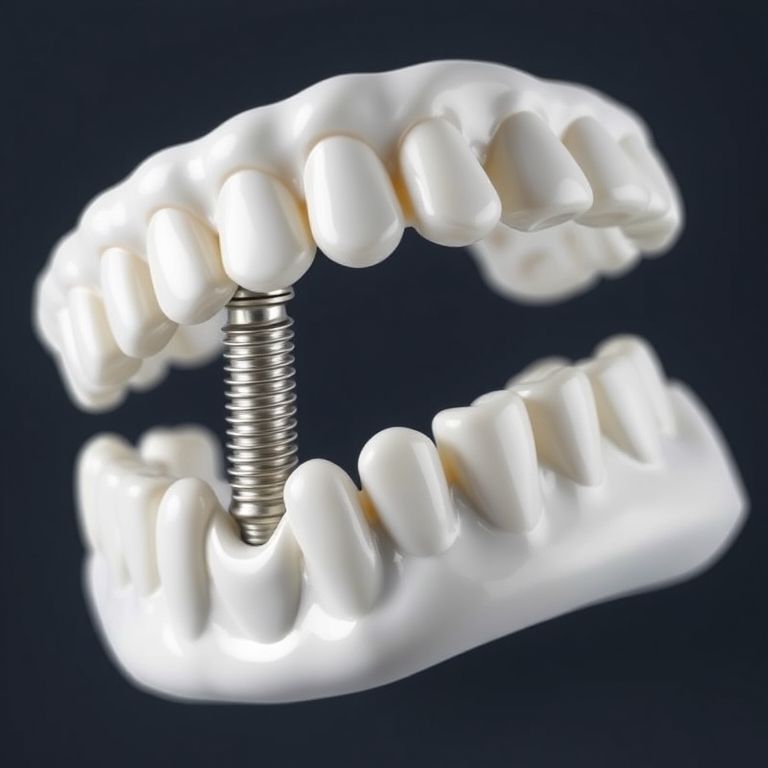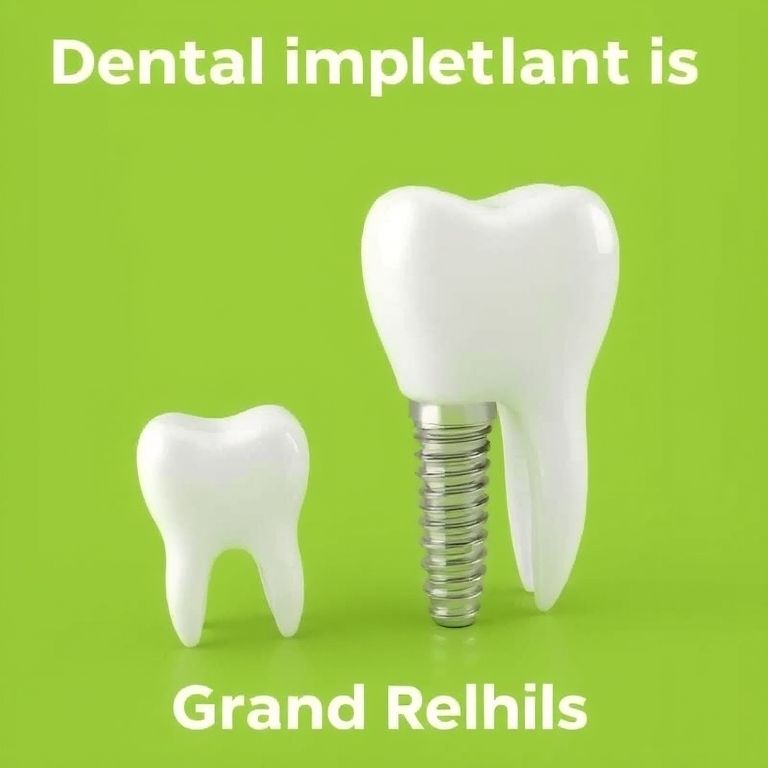Dental Implant Cost for Molars
Dental implants have revolutionized the field of dentistry, offering a permanent solution for missing teeth that looks, feels, and functions like natural teeth. Among the most common dental implants are those used to replace molars, the large teeth at the back of the mouth responsible for chewing and grinding food. However, the cost of molar implants can be a significant concern for many patients.
This article delves deep into the world of molar dental implants, exploring everything from the factors that influence their cost to the pros and cons of choosing this treatment. Whether you’re considering a molar implant or simply curious about the process, this guide will provide you with the knowledge you need to make an informed decision.

2. Understanding Dental Implants
What Are Dental Implants?
Dental implants are artificial tooth roots made of biocompatible materials like titanium. They are surgically placed into the jawbone to support a replacement tooth or bridge. Over time, the implant fuses with the bone, providing a stable foundation for the prosthetic tooth.
Types of Dental Implants
- Endosteal Implants: The most common type, placed directly into the jawbone.
- Subperiosteal Implants: Placed under the gum but above the jawbone, suitable for patients with insufficient bone height.
- Zygomatic Implants: Used in cases of severe bone loss, anchored in the cheekbone instead of the jawbone.
Why Are Molar Implants Different?
Molar implants are more complex than those for front teeth due to the following reasons:
- Chewing Pressure: Molars endure significant force, requiring stronger implants.
- Bone Density: The posterior jawbone is often less dense, sometimes necessitating bone grafting.
- Surgical Access: The location of molars makes the procedure more challenging.
3. Factors Influencing the Cost of Molar Implants
Material Costs
The materials used for implants, abutments, and crowns significantly impact the overall cost. High-quality materials like zirconia or porcelain-fused-to-metal crowns are more expensive but offer better durability and aesthetics.
Surgical Complexity
Complex cases requiring bone grafting, sinus lifts, or multiple implants will increase the cost.
Geographic Location
The cost of dental implants varies widely depending on the country and city. For example, implants in the United States are generally more expensive than in countries like India or Mexico.
Dentist’s Expertise
Experienced dentists or oral surgeons may charge higher fees, but their expertise often leads to better outcomes.
Additional Procedures
- Bone Grafting: 500–500–3,000 per graft.
- Sinus Lift: 1,500–1,500–5,000.
- Tooth Extraction: 75–75–650 per tooth.
4. Average Cost of Molar Implants Worldwide
| Country | Average Cost per Implant (USD) |
|---|---|
| United States | 3,000–3,000–6,000 |
| United Kingdom | 2,500–2,500–5,000 |
| India | 800–800–2,000 |
| Australia | 3,500–3,500–7,000 |
5. Breakdown of Molar Implant Costs
Initial Consultation and Diagnostic Tests
- Consultation: 100–100–300.
- X-rays and CT Scans: 200–200–600.
Implant Placement Surgery
- Surgical Fees: 1,500–1,500–3,000.
- Anesthesia: 200–200–800.
Abutment and Crown Costs
- Abutment: 300–300–600.
- Crown: 1,000–1,000–3,000.
Follow-Up and Maintenance
- Regular Check-Ups: 100–100–300 per visit.
- Cleaning and Maintenance: 200–200–500 annually.
6. Insurance and Financing Options
Dental Insurance Coverage
Most insurance plans cover a portion of the cost, typically 50% of the crown and abutment.
Payment Plans and Financing
Many dental clinics offer payment plans or work with third-party financing companies like CareCredit.
Health Savings Accounts (HSAs)
HSAs can be used to pay for dental implants, offering a tax-advantaged way to cover costs.
7. Risks and Complications of Molar Implants
Surgical Risks
- Infection.
- Nerve damage.
- Implant failure.
Long-Term Complications
- Peri-implantitis (gum disease around the implant).
- Loosening of the implant.
How to Minimize Risks
- Choose an experienced dentist.
- Follow post-operative care instructions.
- Maintain good oral hygiene.
8. Alternatives to Molar Implants
Dental Bridges
- Cost: 2,000–2,000–5,000.
- Pros: Less invasive, quicker procedure.
- Cons: Requires altering adjacent teeth.
Dentures
- Cost: 1,000–1,000–3,000.
- Pros: Affordable, non-surgical.
- Cons: Less stable, requires regular maintenance.
Resin-Bonded Bridges
- Cost: 1,500–1,500–3,000.
- Pros: Minimal alteration of adjacent teeth.
- Cons: Less durable than traditional bridges.
9. How to Choose the Right Dentist for Molar Implants
Credentials and Experience
Look for a dentist with specialized training in implantology and a proven track record.
Patient Reviews and Testimonials
Read reviews to gauge patient satisfaction and outcomes.
Technology and Techniques Used
Choose a clinic that uses advanced technology like 3D imaging and guided implant surgery.
10. Frequently Asked Questions (FAQs)
Q1: How long do molar implants last?
A: With proper care, molar implants can last 20–30 years or more.
Q2: Does the procedure hurt?
A: Local anesthesia ensures the procedure is pain-free. Post-operative discomfort is manageable with medication.
Q3: Can I get an implant if I have bone loss?
A: Yes, but you may need a bone graft or sinus lift first.
11. Conclusion
Molar dental implants are a durable and effective solution for missing teeth, but their cost can vary widely depending on several factors. By understanding the procedure, costs, and alternatives, you can make an informed decision that suits your needs and budget.
12. Additional Resources
- American Academy of Implant Dentistry
- International Congress of Oral Implantologists
- National Institute of Dental and Craniofacial Research


